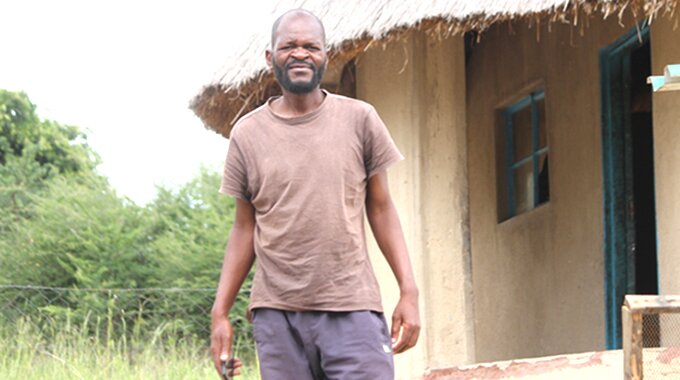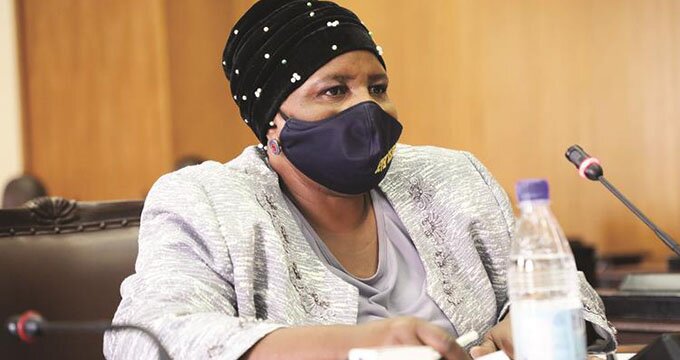Walter Nyamukondiwa Kariba Bureau
Zambezi River Authority (ZRA) says water inflows at gauging stations upstream of the Zambezi River have increased this month, the highest in 13 years.
The gauging stations are upstream of Victoria Falls and determine subsequent inflows into Kariba Dam.

Kariba Dam
Advertisement
Already, the majesty of the Victoria Falls is enchanting the world after Good Morning America TV, in conjunction with National Geographic featured the Falls last Wednesday.
In the news feature dubbed “Extraordinary Earth”, which looked at 20 of the world’s fascinating places, TV personality Ginger Zee praised the Victoria Falls.
She said the Victoria Falls were spectacular, and mother nature was “showing off”.
Zee said the falls were not drying as claimed and were “alive and well”.
According to ZRA, the inflows at Chavuma gauging station were the highest since the 2006-7 season.
Indications are that the Barotse Flood Plains are filling up and expected to peak in March.
The flood plains, which are estimated to store 8,6 billion cubic metres of water, draw much of the flows that would have been recorded at Chavuma.
With them filling up, the resultant increased run-off is consequential to Victoria Falls and Lake Kariba, but ZRA has ruled out an immediate review of water allocations for power generation.
Flows at Victoria Falls have increased by 25 percent, averaging 831 m3/s from the 663 m3/s flowrate recorded on February 7, 2020.
This comes as Lake Kariba levels increased by 30cm in the past weeks and hydrological simulations have estimated that the levels will reach their peak in June this year at 478 metres, which will be about three metres above the minimum operating levels for power generation.
Advertisement
ZRA chief executive Engineer Munyaradzi Munodawafa said figures point to a marked improvement in inflows at Victoria Falls at the end of March.
“A notable increase in the Zambezi River flows was recorded at the Chavuma Gauging Station, increasing by as much as 3 159 m3/s between the 7th and 21st February 2020, an indication of intense run-off from the rainfall received in the area around the Zambezi headwaters.
“The flows recorded at Chavuma have continued to rise, trending above the long term average by 208 percent when you compare the current flows recorded on 21st February, 2020 of 4 621m3/s with the long-term average flow of 1 500m3/s.
“Further, the Chavuma flow recorded on 21st February, 2020 of 4 621m3/s is also the highest flow observed in the month of February since 2006-07 when a flow of 4 065m3/s was recorded on 14th February 2007,” he said.
Eng Munodawafa said Lake Kariba was affected by low inflows between October 2019 and January 2020.
ZRA has put a cap of 22 billion cubic metres of water for power generation, about 12 billion cubic metres less than the 34 billion cubic metres allocated last year.
This translates to an average production of rate of 550MW shared equally between to riparian states.
“It is worth noting, however, that despite the increase in rainfall activities in the Kariba catchment area, there has been no significant rise in the Kariba Lake levels. Therefore, generation capacity remains constrained.
“As at 21st February 2020, the recorded lake level at Lake Kariba was 4 77,01m, with 10,4 percent or 6,7 billion cubic meters (BCM) of usable storage.
“However, this recorded volume of stored usable water is 76 percent lower than that recorded on the same date last year (a lake level of 481,41m with usable storage of 27,5BCM of storage or 42,4 percent live storage),” he said.
Advertisement
Hydrological simulations show that the lake level will have about 15 billion cubic metres of stored usable water, representing about 23 percent live storage.
Eng Munodawafa said ZRA will continue to monitor the situation, but ruled out reviewing water allocated for power generation.
“The 22 billion cubic meters water allocation made by the Authority for the 2020 period is notably lower than the 34 billion cubic meters allocated for the previous year. The reduced water allocation is in view of the projections of below normal rains and was meant to ensure the build-up of stored usable water at Kariba and in that regard will not be reviewed upwards.
“The authority will continue to both monitor the hydrological outlook in the Kariba catchment and to make necessary adjustments to the water allocation to sustain reservoir operations at Kariba,” he said.
– HERALD








